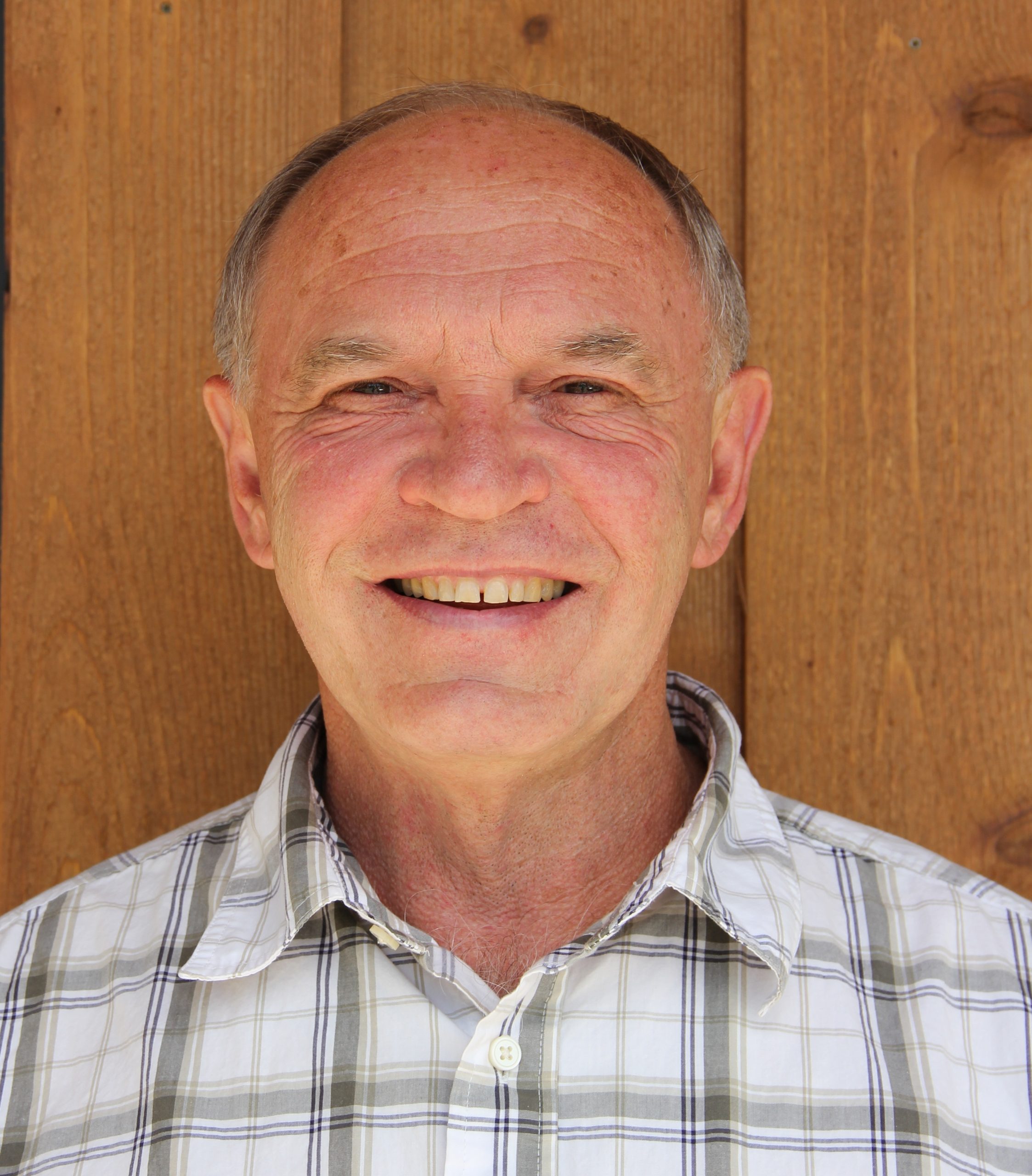Rocky Mountain News
December 20, 1995
By Terry L. Anderson and Michael R. Houser
As hunters put away their rifles for the season, a lucky few will reflect on an enjoyable hunt that resulted in a trophy bull elk or buck deer, but most will only dream of such an experience. The average hunter doesn’t harvest any animal, certainly not a trophy, and a growing number report disappointment with crowded hunting conditions.
The reason is that most hunters hunt on public lands. Public agencies enforce important regulations but are increasingly hard-pressed to provide a quality hunting experience.
If there were no regulations on public hunting lands, the “tragedy of the commons” would result. That is, hunters would wipe out wildlife populations in short order, as they did the buffalo. State wildlife agencies have an incentive to avert this tragedy, and state regulations typically do so.
But public agencies’ budgets and political support depend on a broad-based constituency. To maintain this constituency, state agencies keep license fees low, encourage free access, and–to ensure some degree of hunter satisfaction–manage for large herds. (The number of elk in most western states is higher than at the turn of the century.)
Managing for large herds results in a high female-to-male ratio with very few mature males. The reason is partly biological–only a few males are needed to produce large populations–and partly a reflection of hunting policy–as long as license fees are the same whether the hunter takes a female, small male, or large male, few males reach maturity, and those that do are not long for this world.
In contrast, private land managers are more interested in maximizing net revenues from hunters than in maximizing the number of hunters. They have found that hunters are willing to pay more if they see more mature bulls and bucks, harvest more mature males, and encounter fewer people. So private managers try to provide such an experience. Not surprisingly, hunter surveys show that people who pay to hunt rate the quality of their hunting experience significantly higher than do those hunting for free on public land.
Success rates are clearly higher on private land. In Wisconsin for the last 3 years, one-third of the archers hunting with Pine Bluff Outfitters on private land took a record white-tail deer, while almost 100 percent had the opportunity to take a mature animal. In contrast, for the last three years, just over 14 percent of all licensed Wisconsin archery hunters harvested an antlered buck, regardless of size.
The Flying D Ranch in southwestern Montana, owned by Ted Turner, also illustrates the impact of private wildlife management. This ranch encompasses over 100,000 acres of ranchland, managed for elk and bison. The elk population has grown from 757 in 1981 to 4,000 in 1995, a 528 percent increase! But unlike herds on public lands, where the female-to-male ratio can be 12:1, the ratio on the Flying D is closer to 2:1. And the number of mature bulls is very high–each year the ranch hosts 30 fee-paying hunters, nearly all of whom take trophy bulls.
In short, fee hunting on private lands generally provides higher quality hunts, and a growing number of hunters are willing to pay for quality rather than demand a “free lunch.” A recent Associated Press article reported that “many traditional hunting spots in southeastern Idaho have been sold, leased or require a trespass fee paid to the owner before the shooting can begin.”
The drawback to fee hunting is its sometimes high price. For example, Pine Bluff Outfitters charges $1,650 for a three- to five-day archery hunt for a record white-tailed deer. The Flying D charges $9,000 for a one-week elk hunt.
Because not all can afford these prices, public hunting lands remain important for most hunters. However, as hunters express a growing demand for better quality, it is in the interest of state wildlife agencies to respond by mimicking the market.
Some states are already raising their fees. For example, Arizona is charging residents $63 for an elk tag, in contrast to Montana’s $16. More important than higher fees are differential prices, which reflect the different values that hunters place on mature bulls as opposed to young males and cows. Such a price differential could be used to reduce hunting pressure on older males and to encourage culling of cows.
State wildlife agencies can either rise to this challenge by providing the average hunter with better quality opportunities, or they can continue the way things are. If they continue to take the route of the “free lunch,” there won’t be much meat on the hunter’s table.
Terry L. Anderson is a professor of economics at Montana State University and executive director of PERC. Michael R. Houser is a Fellow at PERC.
